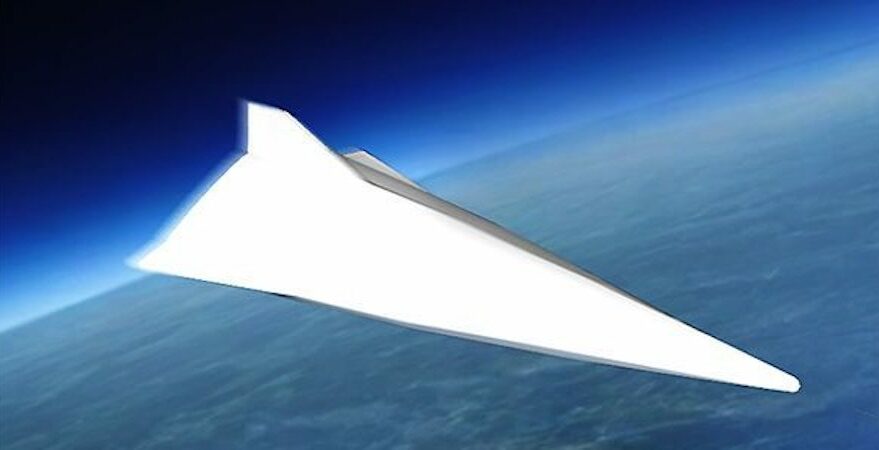Last week, it was reported that the Chinese government tested a new hypersonic space glider, which they claimed to be a routine space test and not an arms demonstration. Either way, it was a peek into China’s advancements in reusable space vehicle technology. While the creation of a space vehicle that can reenter the atmosphere at hypersonic speed and eventually be reused is not new – both the space shuttle and the X-37B space plane were capable of reentry – China’s new glider demonstrates great improvements in maneuverability that have not been seen before. Experts worry that this new space vehicle could be used as a weapon – such as for delivery of a missile. The US is also concerned that they are lagging behind in this technological area.
This technology opens up a whole host of potential cybersecurity attacks from both ends. While the DoD is investing heavily in ballistic missile and LEO detection systems, this glider is likely harder to detect than traditional missiles. Since the glider can almost certainly be controlled from the ground, the US would be interested in intercepting these communications via ground-based or man-in-the-middle attacks to interrupt or scramble these communications, or even learn the format so they could potentially take control. Of course, the US would also be interested in acquiring the technological details of this technology so they can replicate it.
Critical systems could be most at risk in a potential attack using this vehicle as a delivery vector. However, critical data might be most of interest to the US here, in order to acquire in-depth intelligence on this new vehicle, how its made and how it can be controlled and potentially defeated.
